Catholicism traces its roots back to 30 AD, making the religion around 2,000 years old. This religion holds a rich tapestry of beliefs and practices that pull from the Bible and long-standing traditions.
However, Catholicism has developed over time, and structures and traditions we see today don’t come directly from the Bible.
The Real Presence of Christ
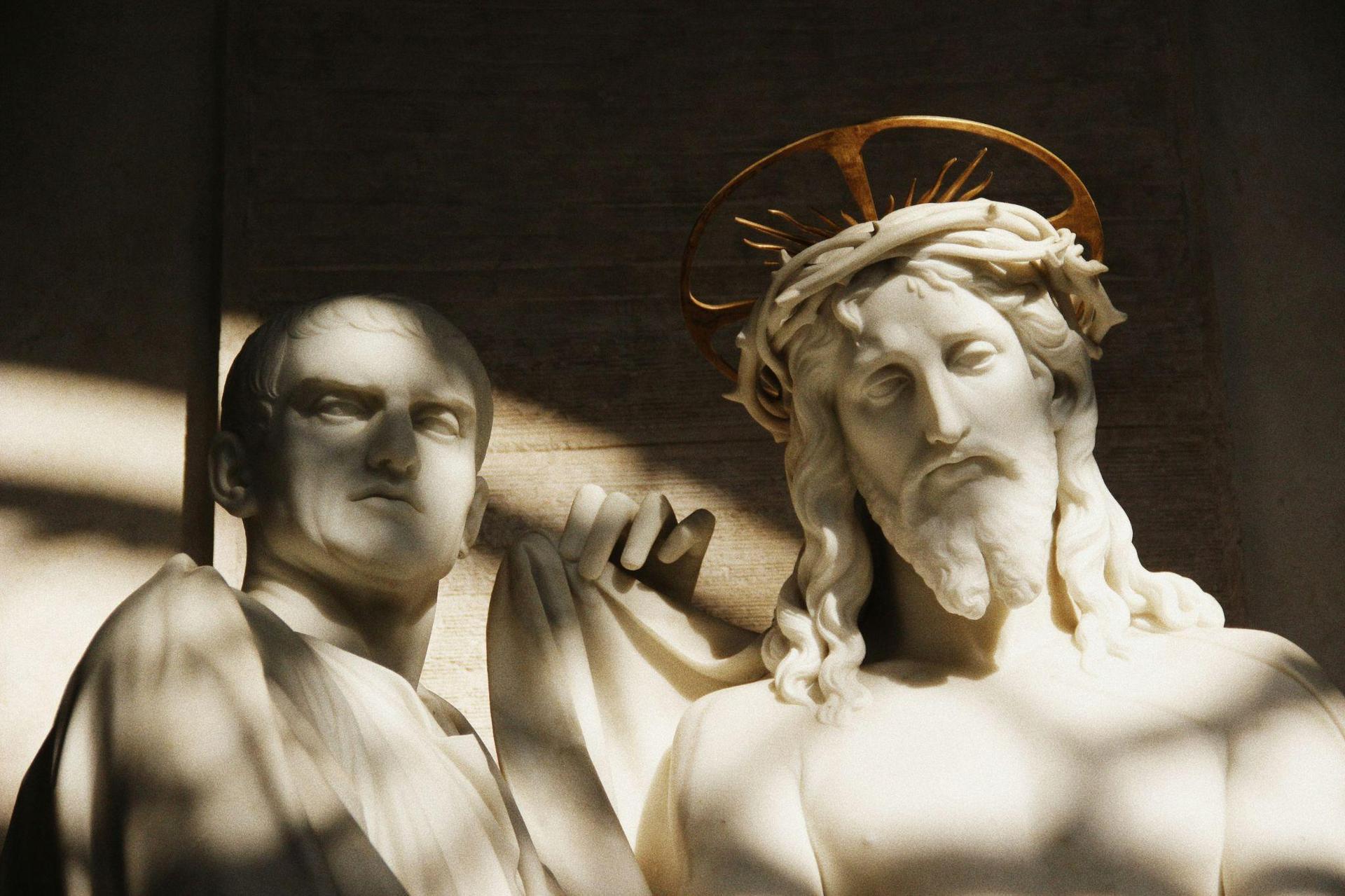
According to Traditions and Scripture, Catholics believe in the Real Presence of Christ in the Eucharist. This refers to the belief that Jesus Christ is truly present in the consecrated bread and wine delivered during Communion.
The core tenet of Catholicism, rooted in the teachings of Jesus in the Gospel of John (John 6:51-55), asserts that he gives his flesh and blood for eternal life.
The Importance of Mary
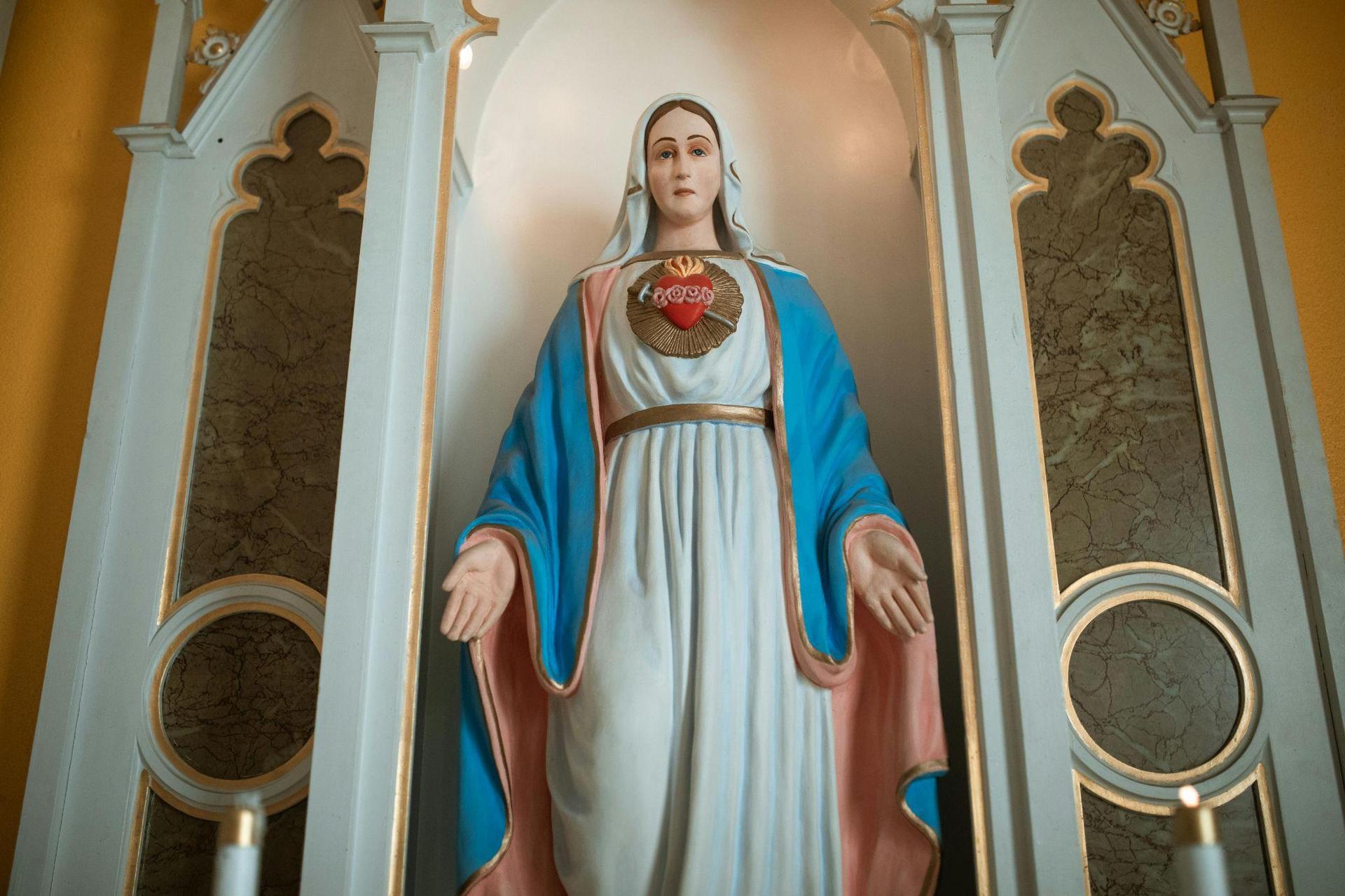
Catholics have a special place in their heart for Mary, the mother of Jesus. The Church proclaims the dogma of Mary’s assumption into heaven, although Scripture does not explicitly state it.
Roman Catholics teach that Mary remained a virgin after Jesus was born, despite her long-standing relationship with Joseph.
The Immaculate Conception
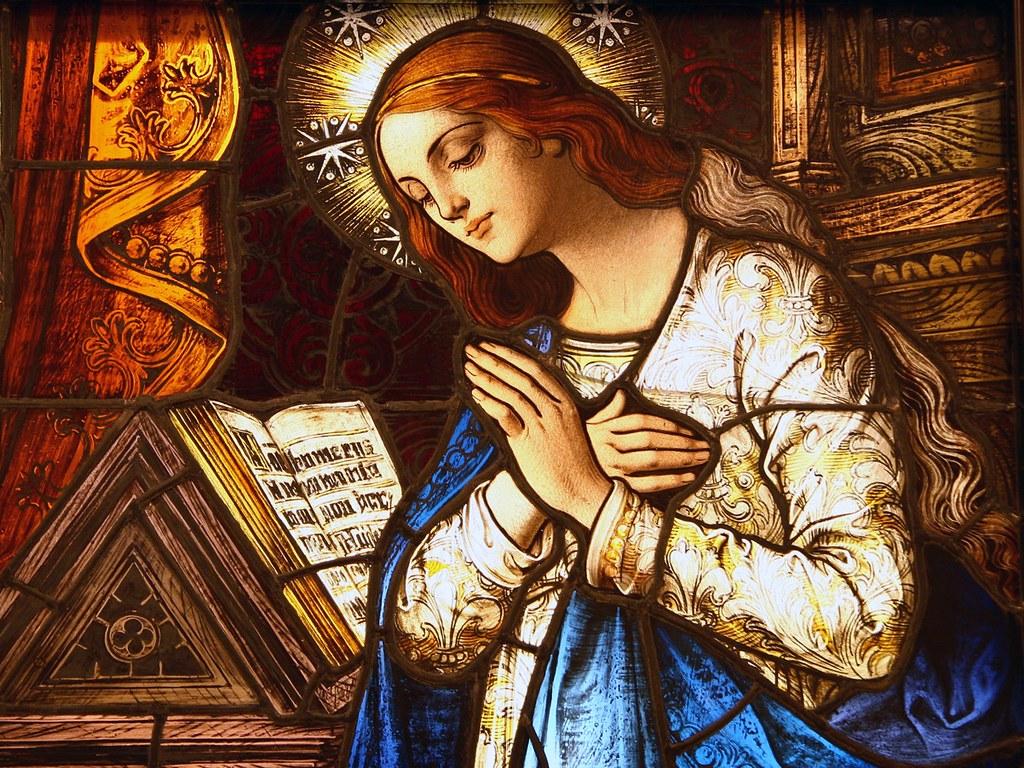
Scripture and Sacred Tradition assert that Mary conceived without original sin. Medieval theologians extensively debated the Immaculate Conception, one of the four Marian dogmas of the Catholic Church.
Pope Pius IX defined this doctrine as dogma in 1854 in the papal bull Ineffabilis Deus. Roman Catholics believe that Mary remained a virgin even after the birth of Jesus, despite her enduring relationship with Joseph.
The Belief of Purgatory

Purgatory is a Catholic ideology that lacks a direct counterpart in other religions. It is conceived as a place where those ‘who die in God’s grace and friendship but are still imperfectly purified’ undergo a process of purification after death.
The notion of a purification process post-death is rooted in both Scripture and Tradition. The Catholic Church does not specify the duration of purgatory, as it is believed to vary according to the individual soul.
The Sacramental Grace
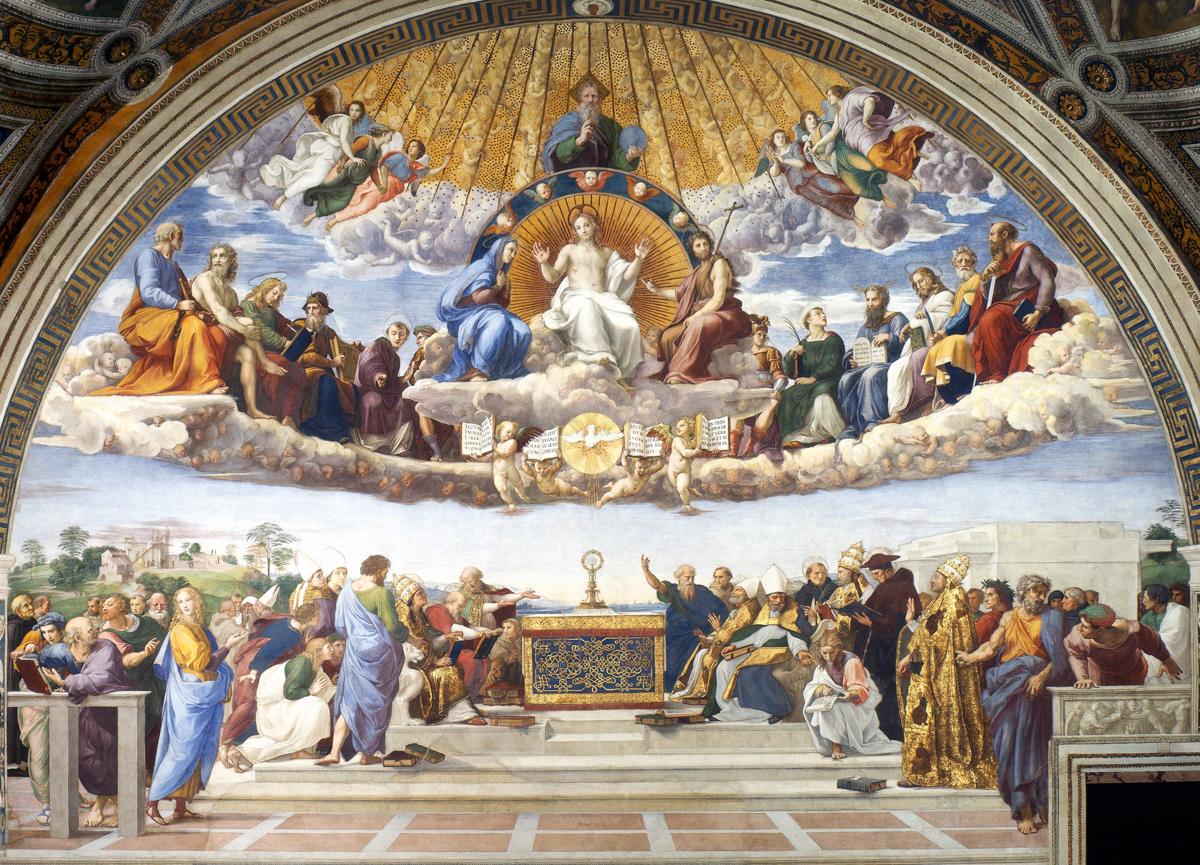
This belief is based on a theological interpretation of Scripture and Tradition, not directly spelled out in the Bible.
Holy Orders
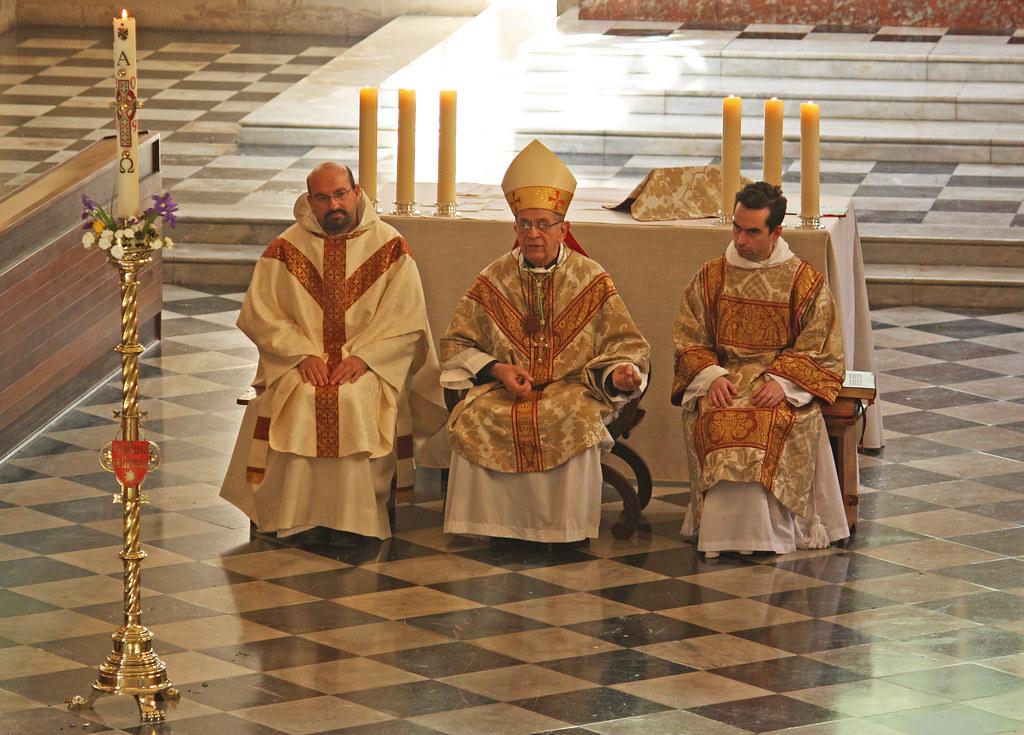
Holy Orders are a call from God, according to Tradition, that brings together the threefold ministry of bishop, priest, and deacon. Those ordained hold specific offices and perform functions within the church.
The church establishes these ministries through a specific rite of ordination, often involving the laying on of hands.
The Celibacy of Priest
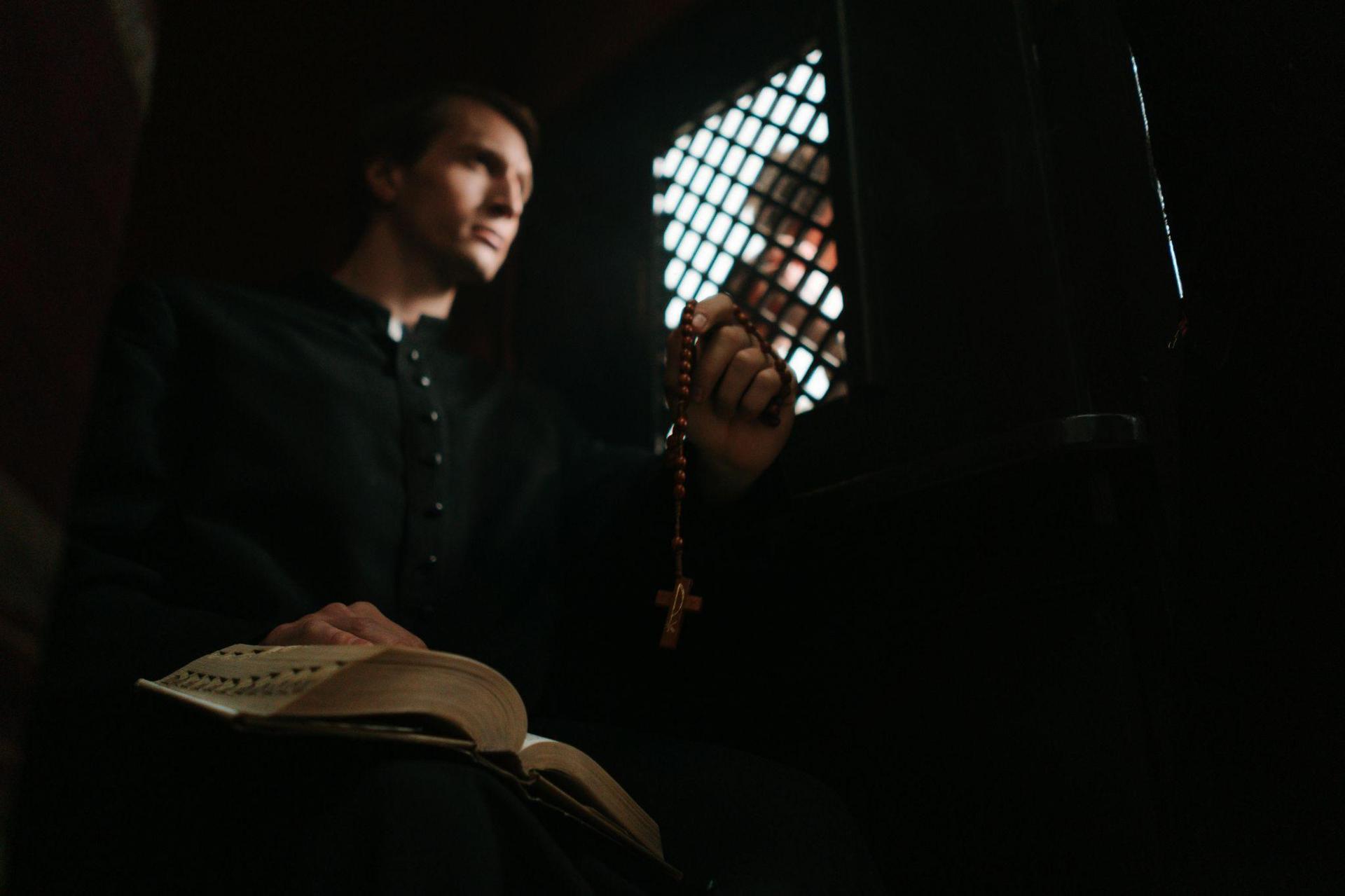
When a priest enters into service to God, the church becomes his highest calling. If he were to have a family there would be the potential for conflict between his spiritual and familial duties,” The Economist reports.
The Rosary
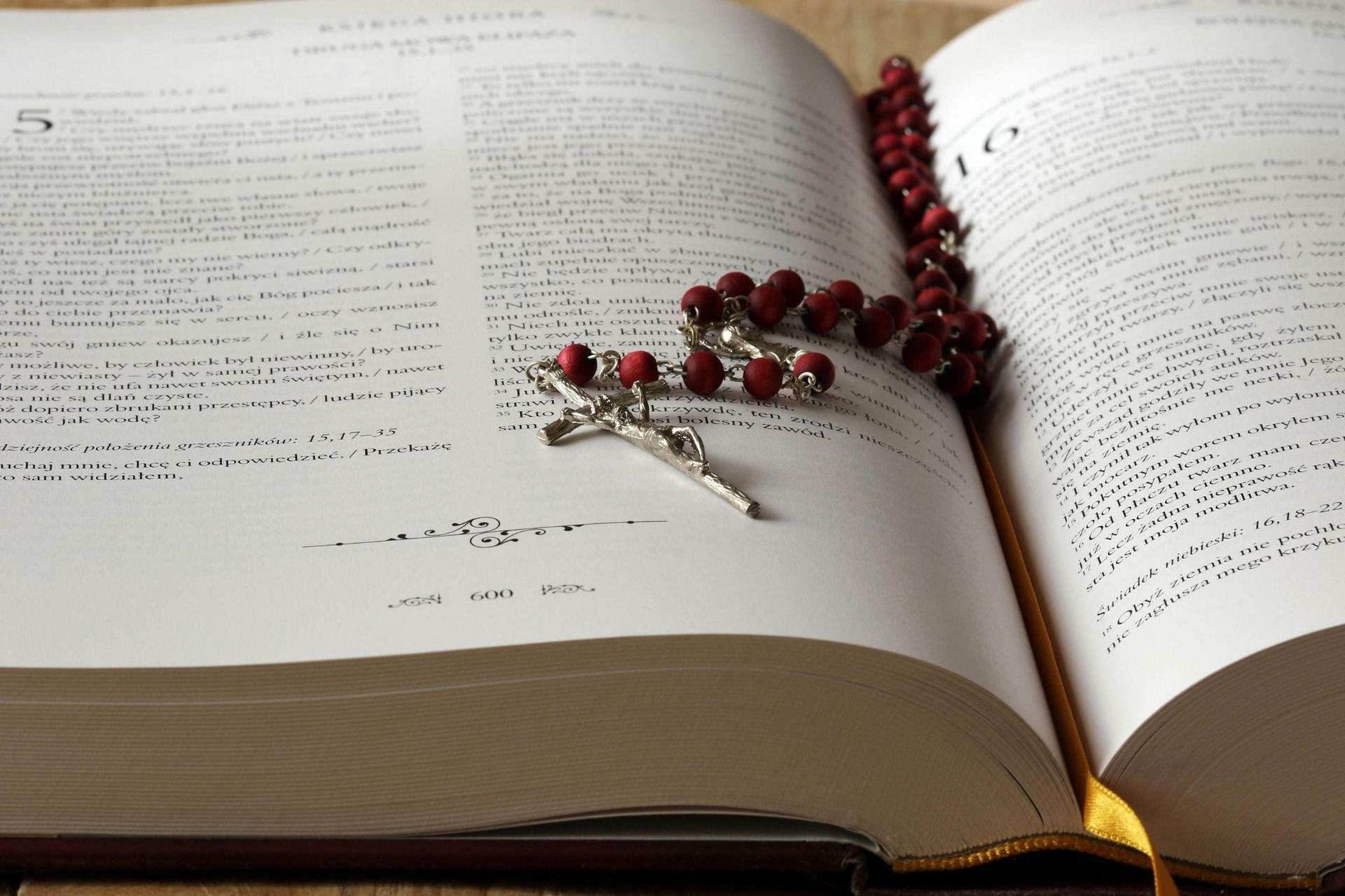
The Rosary is the most popular devotional prayer. Over centuries, believers have developed this tradition and incorporated biblical prayers like Hail Mary and Our Father, even though it is not found in the Bible.
“Roman Catholics borrowed the idea of praying with beads from the pagan religions who were already using them hundreds of years before,” according to Bible.ca.
The Liturgical Year
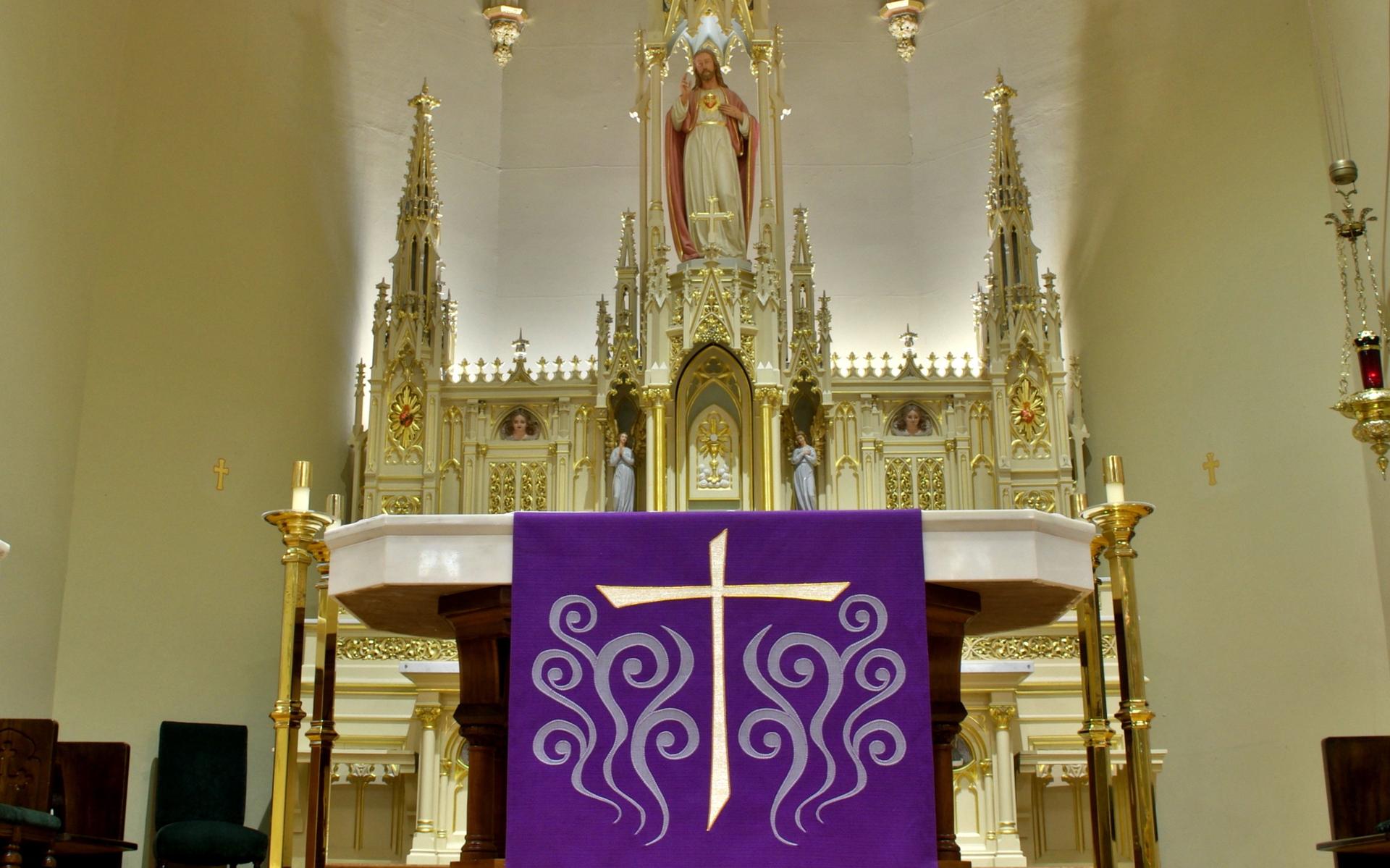
The calendar is based on events in the lives of Christ and the saints, and has developed over time through Tradition. For example, the Second Vatican Council ordered a change in the Sunday readings at Mass so Catholics could familiarize themselves with the Bible text.
The Celebration of Saints
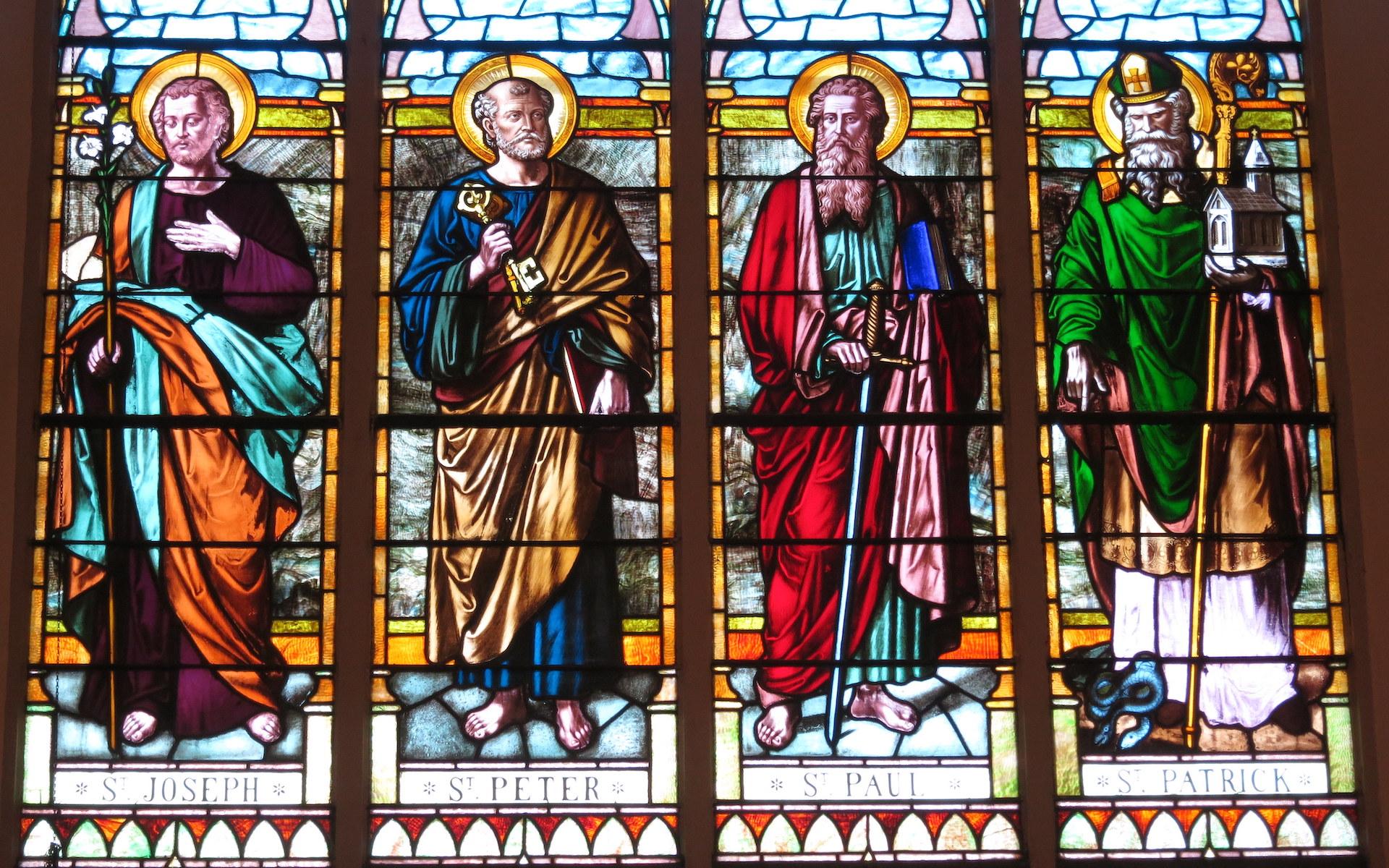
“We honor the saints because they are the friends of God, princes of the heavenly court, and benefactors to ourselves; also because we obtain great graces from God through venerating them,” the Bellamine Forum states.
The Place of the Pope
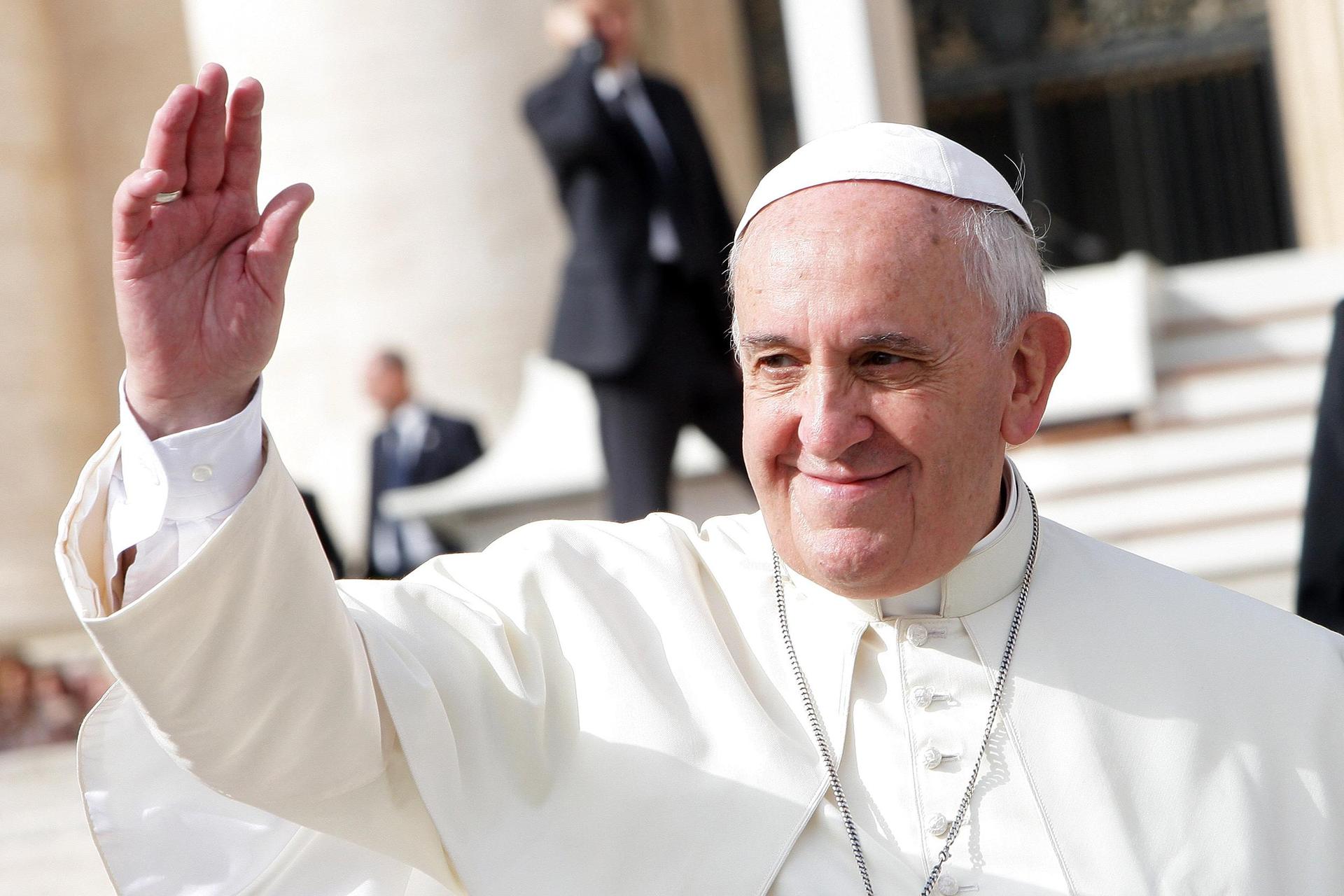
The Catholic Church is led by the Pope. Currently, Pope Francis leads the Church, and is the 266th Pope of the Roman Catholic Church.
The Church considers this visible head on Earth as the successor of St. Peter, one of Jesus’ twelve disciples.

